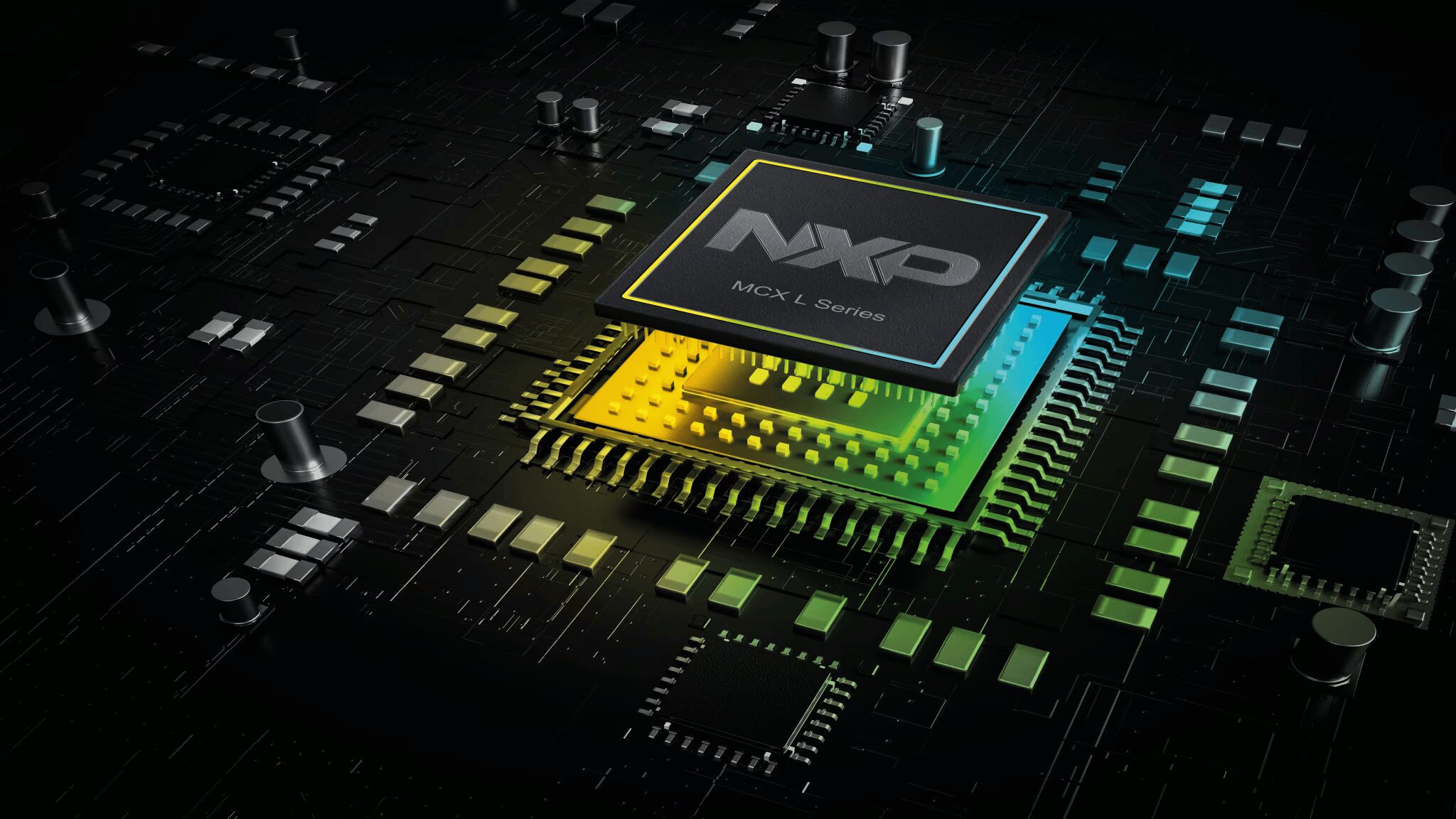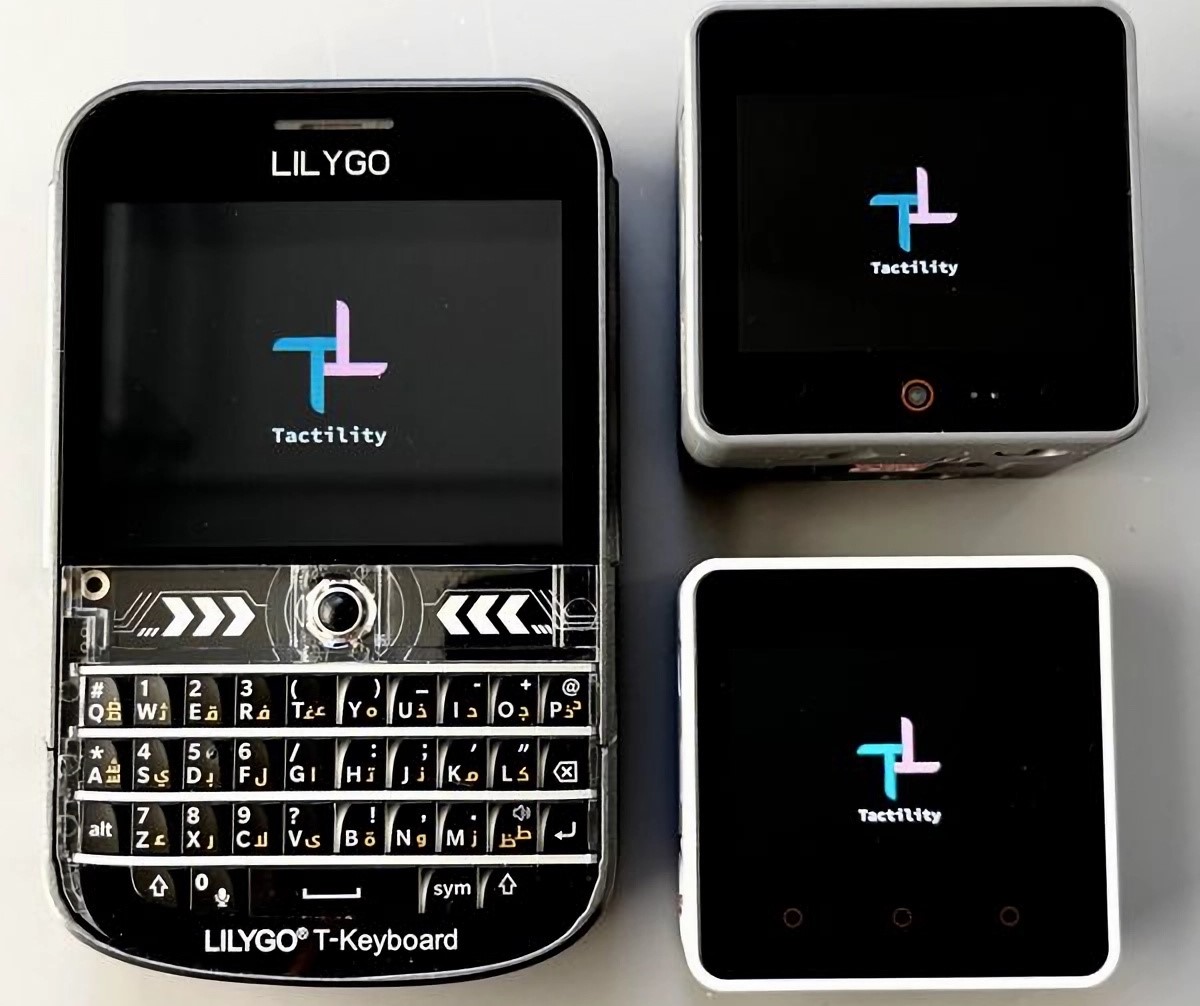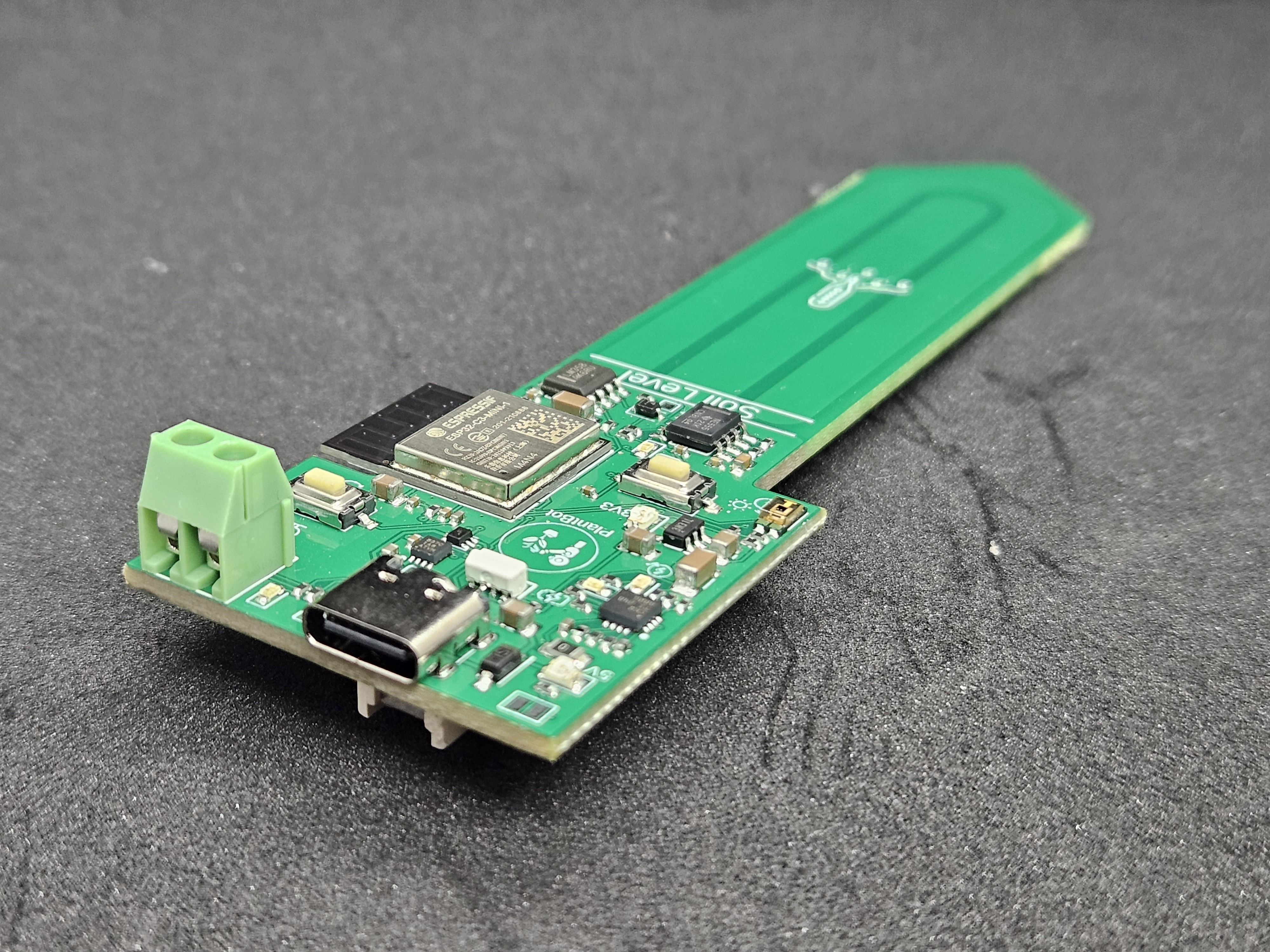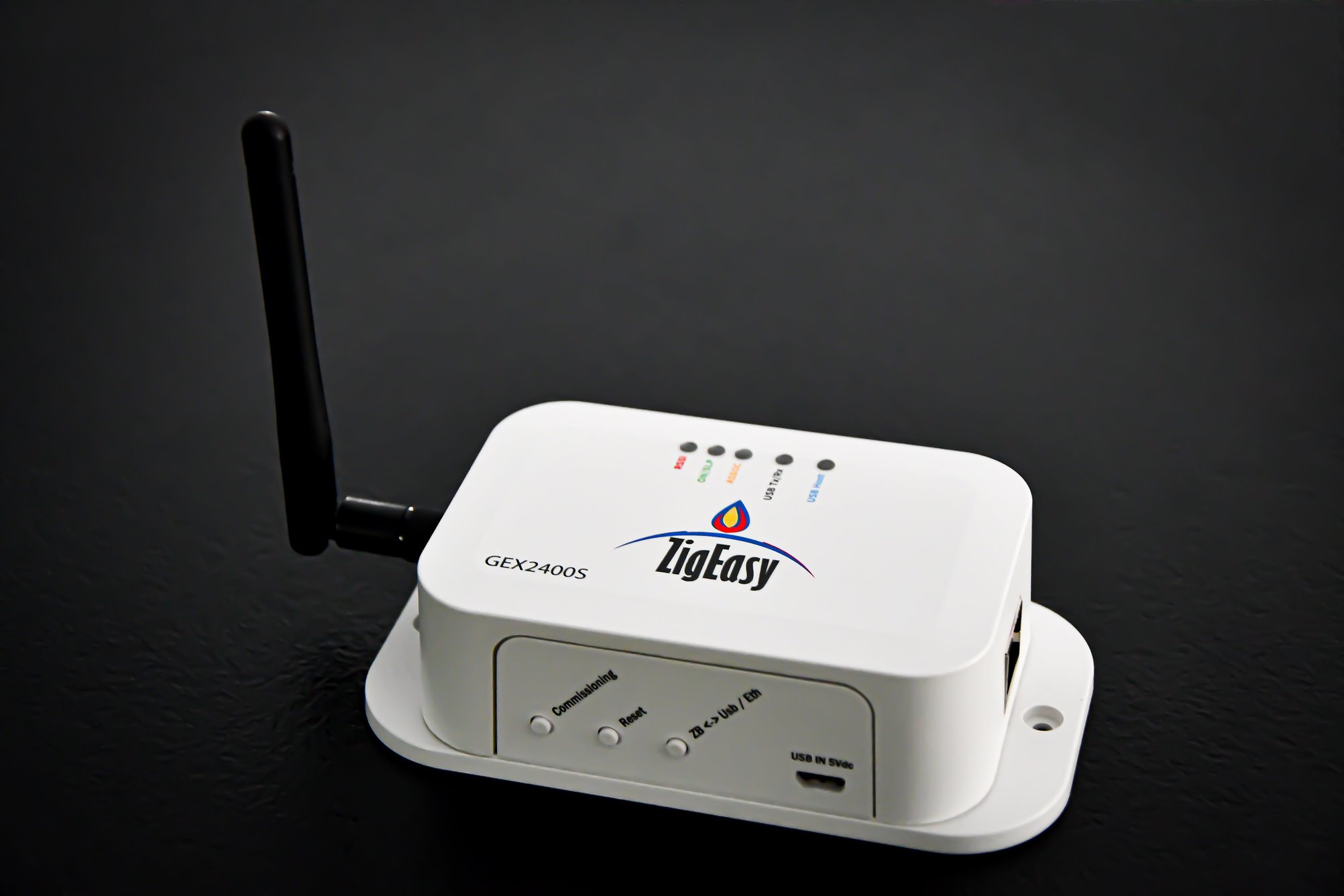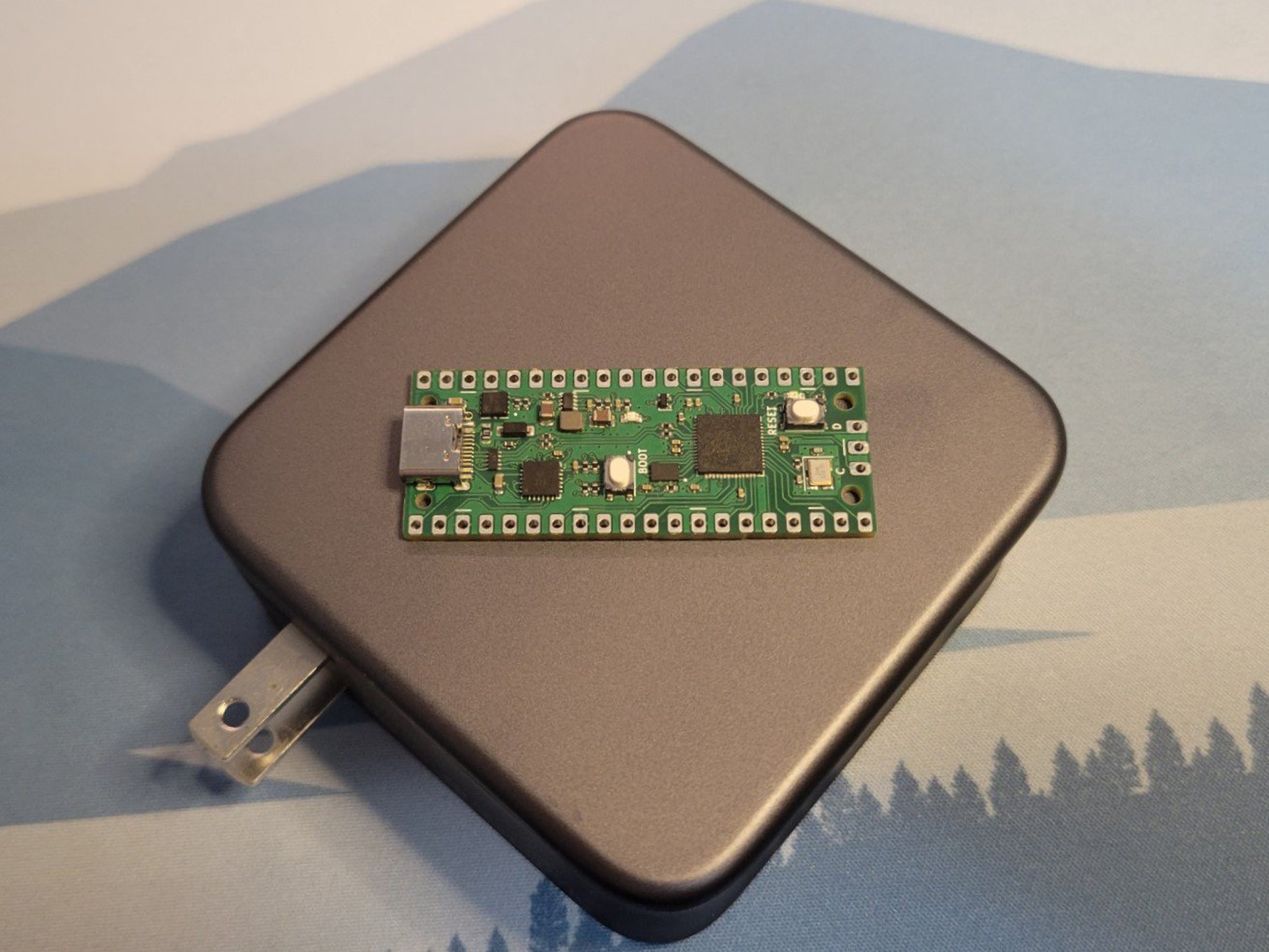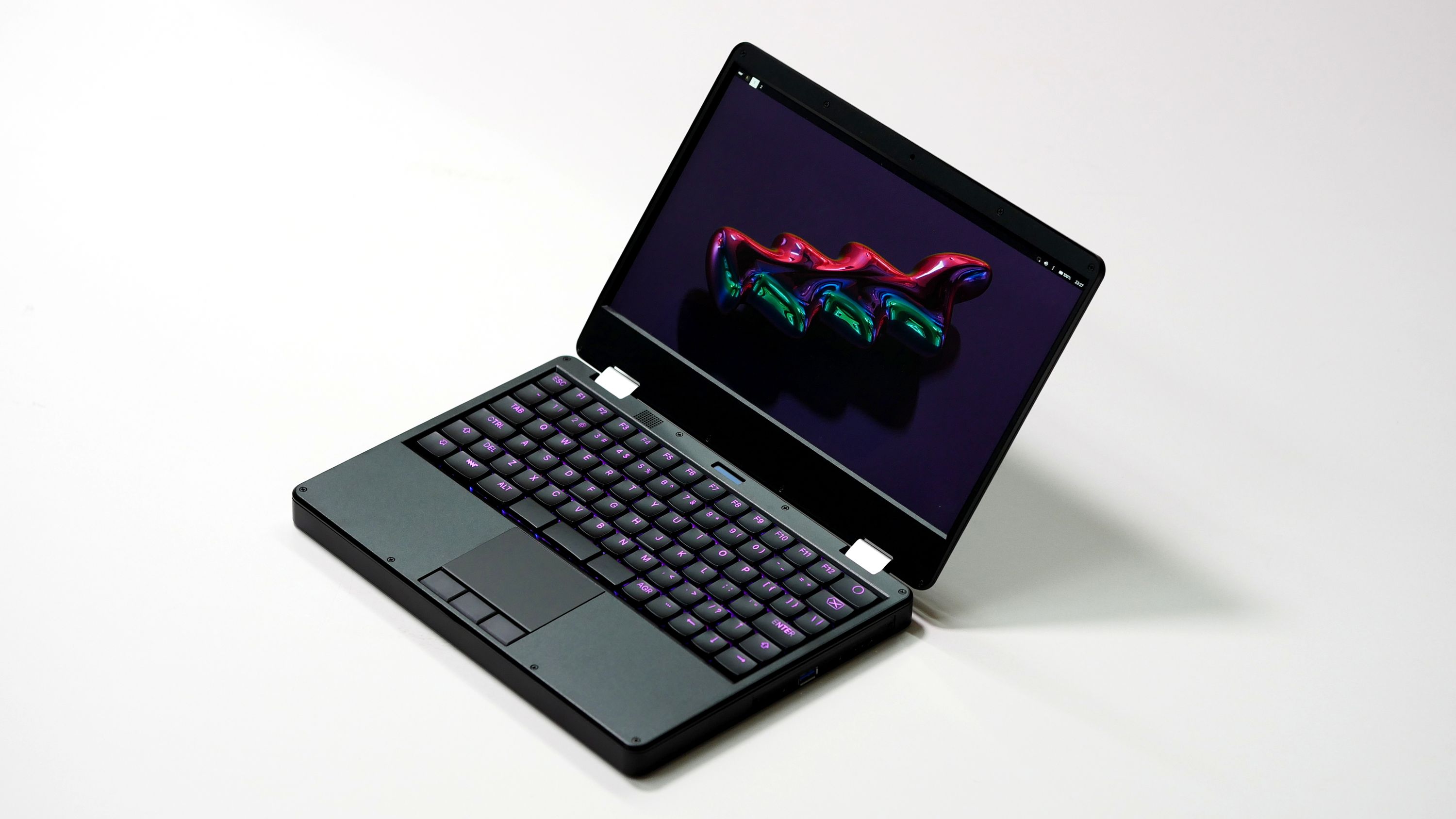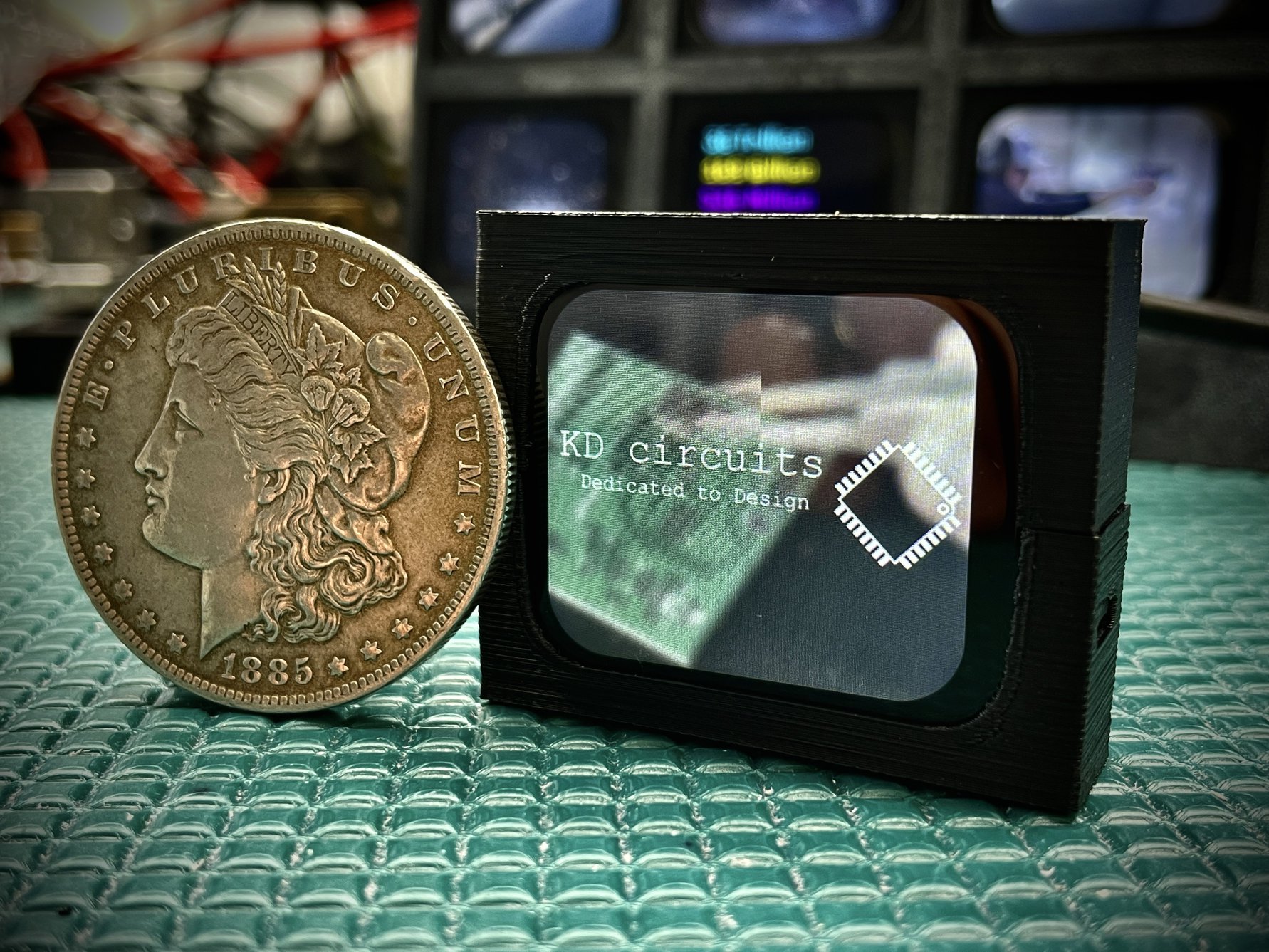NXP Semiconductors has launched the MCX L series of ultra-low-power Arm Cortex-M33 MCUs with the MCX L14x and MCX L25x SKUs. The new series offers similar peripherals as the rest of the MCX portfolio but uses a new “power management architecture that supports always-on, battery-powered applications” The MCX L series uses a dual domain architecture, with “real-time processing and ultra-low-power sensing functions in a single device.” The Arm Cortex-M33 core supports real-time processing functions while the Arm Cortex-M0+ core offers always-on operation in the ultra-low-power sense domain. The new microcontrollers reportedly use three times less power than their predecessors. The ultra-low-power series is targeted at energy-constrained applications, powered by a battery, ultracapacitor, or power harvesting circuit. These include building control, industrial sensing, smoke and fire alarms, flow meters, smart appliances, and motion detectors. NXP MCX L14x and L25x specifications: CPU Main core: Arm Cortex-M33 microcontroller @ up to 96 MHz […]
Tactility “operating system” for the ESP32 microcontroller family supports built-in and external applications
Tactility is an operating system that runs on the ESP32 microcontroller series. Created by Dutch software developer, Ken Van Hoeylandt (also known as ByteWelder), Tactility is a project one year in the making inspired by the Flipper Zero and its application platform. The ESP32 operating system can run built-in apps and helper services from flash storage as well as external applications from an SD card. It leverages the Espressif ELF(Executable and Linkable Format) loader to load ELF files from external storage to the executable memory area. Tactility is built to run on any ESP32-based device with a touchscreen since drivers (display, touch, and SD card) can be implemented for any hardware. ESP32-S3 devices are “the best option” due to their performance and larger memory. The LILYGO T-Deck series is highly recommended for its onboard keyboard and sizable display. Preset configurations are available for the LILYGO T-Deck Plus, LILYGO T-Deck, M5Stack […]
$12 Plant Bot is an ESP32-C3 soil sensor and pump driver for fully automated indoor plant care
The Plant Bot is an open-source, Internet-enabled plant monitor powered by the ESP32-C3 microcontroller and integrating a corrosion-resistant capacitive moisture soil sensor and a pump driver on a single printed circuit board, eliminating the need for additional cabling. The Plant Bot is designed to automate indoor plant care by combining moisture sensing, light sensing, and pump activation. It can be powered via USB or a single coin cell battery which lasts up to a week with daily updates. An onboard multi-color LED visually represents the current soil condition, ranging from red (dry) to blue (moist). The “Soil Level” line on the board indicates the maximum depth to which the sensor or device should be inserted into the soil. According to the maker, the Plant Bot will remain unaffected by corrosion if the soil level does not exceed this line. Other solutions we’ve covered with a soil sensor usually separate the […]
ZigEasy GEX is a series of ZigBee 3 & DigiMesh coordinators powered by the XBee 3 and XBee SX 868 modules
The ZigEasy GEX series is a lineup of Zigbee / DigiMesh coordinators and Ethernet gateways based on Digi International’s XBee 3 and XBee SX 868 modules. These devices connect a ZigBee or DigiMesh network to a local Ethernet network or the internet. This makes it easier to create a robust Zigbee/DigiMesh network that can send and receive data from servers. The GEX2400 and GEX2400S devices integrate the Digi XBee3 module which supports Zigbee, 802.15.4, DigiMesh, and BLE and is configured directly with the XCTU software (USB or TCP/IP). The Digi SX 868 module on the GEX868 and GEX868S coordinators only supports DigiMesh. The “S” models include TLS 1.2 and AES-256 encryption for secure internet communication and are ideal for use cases that require internet access. These ZigEasy GEX Zigbee / DigiMesh coordinators can be used in mesh networks for smart homes, monitoring weather conditions, and tracking agricultural data. They can […]
PicoPD Pro – An open-source RP2040 development board with USB PD support up to 30V
The PicoPD Pro is an open-source Raspberry Pi RP2040 development board that integrates USB PD support up to 30V, and features like voltage negotiation and power delivery while still retaining the Raspberry Pi Pico functionality. It features the AP33772S USB-C PD3.1 sink controller from Diodes Incorporated. The AP33772S supports the full USB-C PD 3.1 specification, including Extended Power Range (EPR) / Adjustable Voltage Supply (AVS) up to 28V and Programmable Power Supply (PPS) up to 21V. The PicoPD Pro USB PPS/AVS development board is ideal for powering devices with specific requirements, such as motor control boards, LED drivers, custom battery chargers, and other high-power applications. It also features a 5V rail output for less demanding applications. It can also be used as an AP33772S evaluation board. We have previously seen other USB-C PD solutions like the Spark Analyzer, YULC LED Controller, and USB Insight Hub which may serve a similar […]
Looktech’s AI-powered smart glasses offer a 14-hour battery life, 13MP camera, and linear audio for $209 and up (Crowdfunding)
Looktech AI Glasses are AI-powered smart glasses with a “privacy-focused design” and several lens options. They are similar to Meta’s Ray-Ban smart glasses but support GPT-4, Claude, and Gemini instead of Meta AI. Like Meta’s smart glasses, the Looktech AI Glasses incorporate headphones, a camera, and an AI model for a hands-free experience and personalized AI assistance. According to Looktech, the smart glasses can track calories, find recipes, set reminders, and perform image searches. The in-built 13MP camera can be used to capture high-res images and videos and the open-ear dual speakers provide “rich, spatialized immersive audio while keeping you aware of your surroundings.” Looktech has given some hardware specifications for the product but the list is a bit sparse. We have covered the much cheaper but underpowered LILYGO T-Glass. Although there are no promises of a physical AI agent, the Looktech glasses are similar to the M5Stack’s Module LLM […]
MNT Reform Next is an open-source, RK3588-powered modular 12.5-inch laptop (Crowdfunding)
The MNT Reform Next brings the Rockchip RK3588 processor to the modular laptop series. It retains the open-hardware nature of the older MNT Reform and introduces a lighter and more modular design, complete with a much faster processor. The MNT Reform Next separates the three port boards from the main motherboard, allowing for greater customization and modification than its predecessors. The standard processor module (RCORE) can be swapped with other modules such as the Raspberry Pi CM4, as well as NXP i.MX 8M Plus, NXP LayerScape 1028A, and AMD Kintex-7 FPGA modules. Like the classic MNT Reform and the MNT Pocket Reform, the enclosure for the Reform Next is milled from anodized, bead-blasted aluminum. Apart from being repairable and customizable, the RK3588 modular laptop is powerful enough to be a daily driver for browsing, writing, programming, gaming, graphics design, sound creation, and video editing. MNT Reform Next specifications: SoM SoC […]
vPlayer – A 1.69-inch ESP32-S3 touchscreen video display with custom expansion options
The vPlayer is an ESP32-S3 touchscreen video display that can be used for continuous MJPEG video playback from a microSD card. It features a 280 x 240 1.69-inch smartwatch-sized touchscreen display with backlight control and also offers expansion options via JST SH/SR connectors (UART, I2C, and I2S audio), and additional I/O pads on the PCB. All these features also make it suitable for applications such as weather displays, live traffic cameras, computer stats monitors, wildlife cameras, and fetching data from the Internet. vPlayer specifications: SoC – Espressif ESP32-S3 CPU – Dual-core 32-bit microcontroller @ 240MHz Memory and Storage – 4MB Flash and 2MB PSRAM Wireless – WiFi 4, Bluetooth 5.0 Storage – MicroSD card slot via MMC 4-bit interface Display – 1.69-inch touchscreen (280×240) P169H002-CTP TFT LCD ST7789V2 single-chip controller/driver CST816 touch controller Backlight control USB – 1x USB-C for power and data transfer Expansion JST SH/SR 1mm connectors for […]


